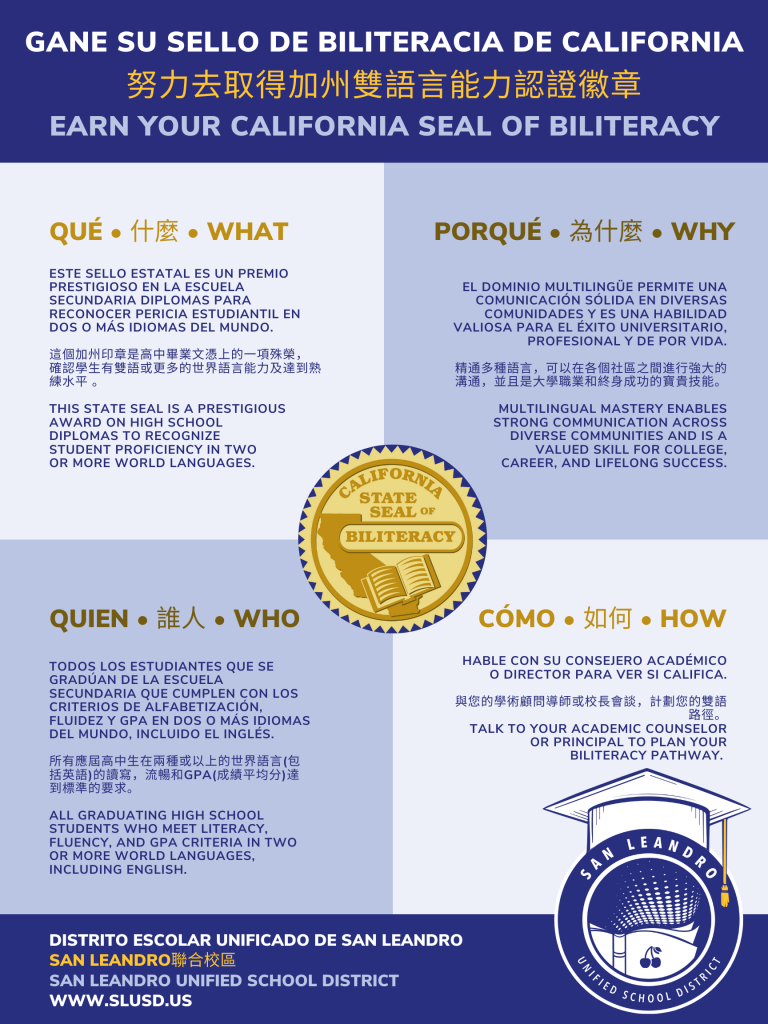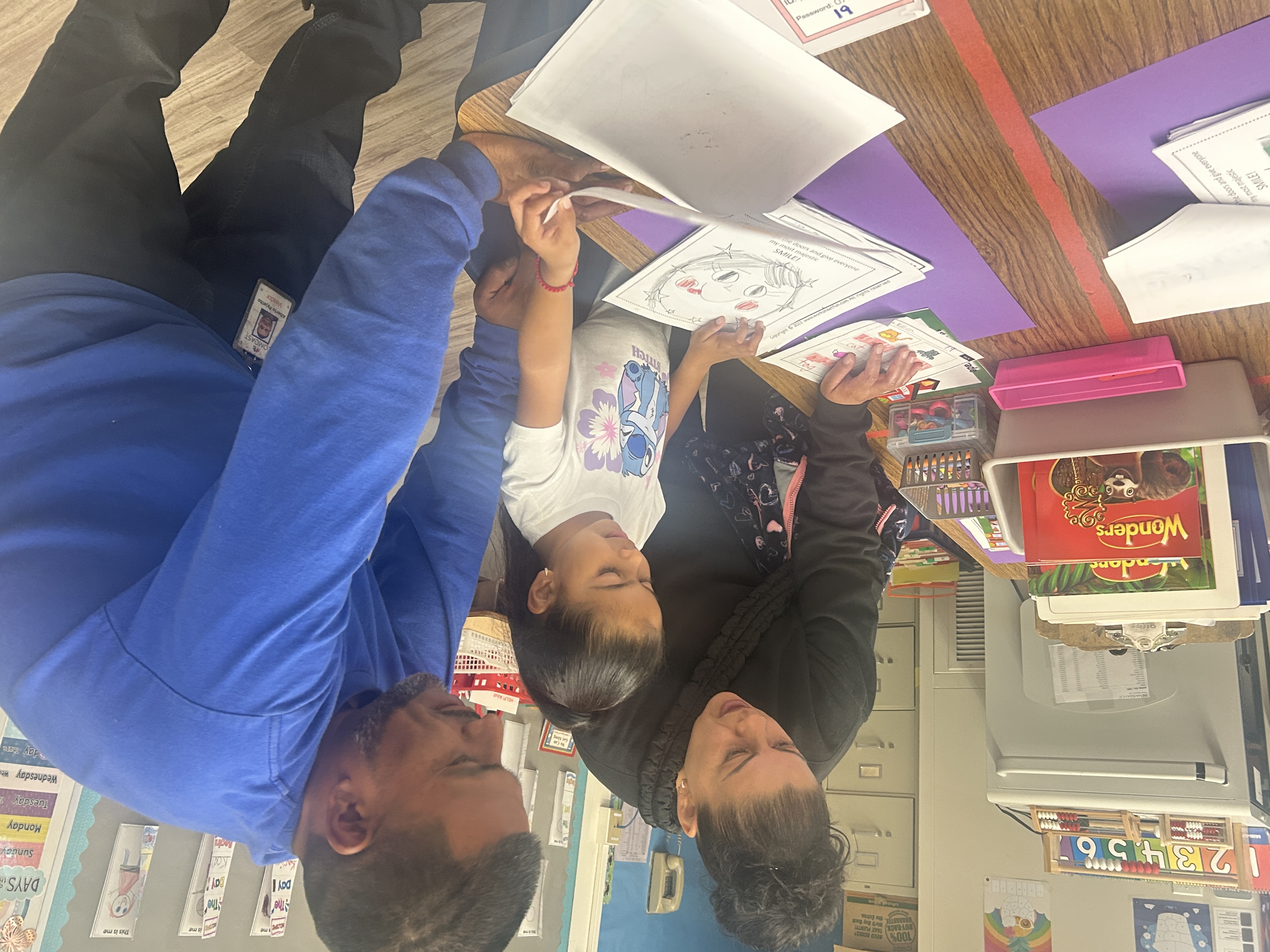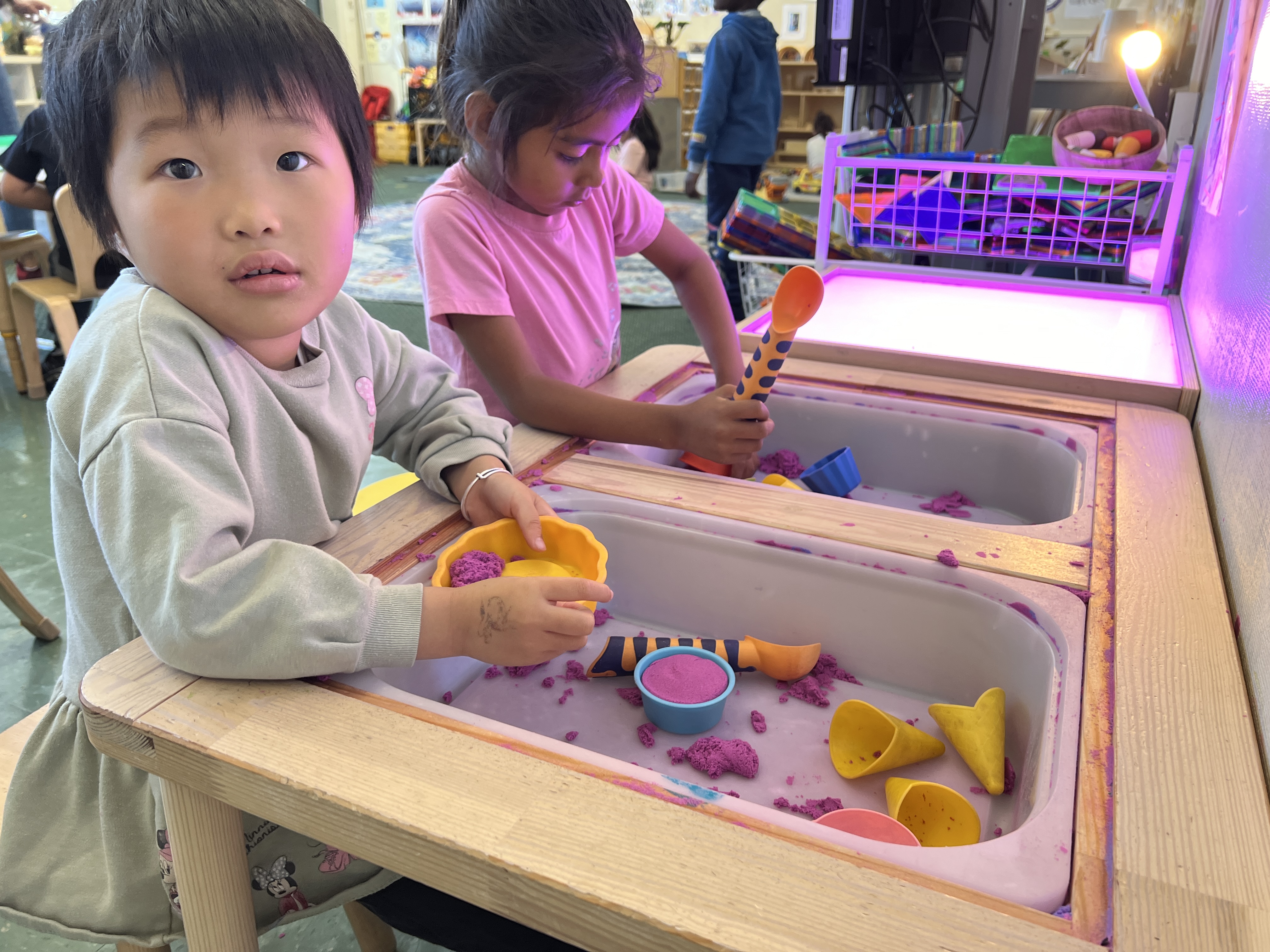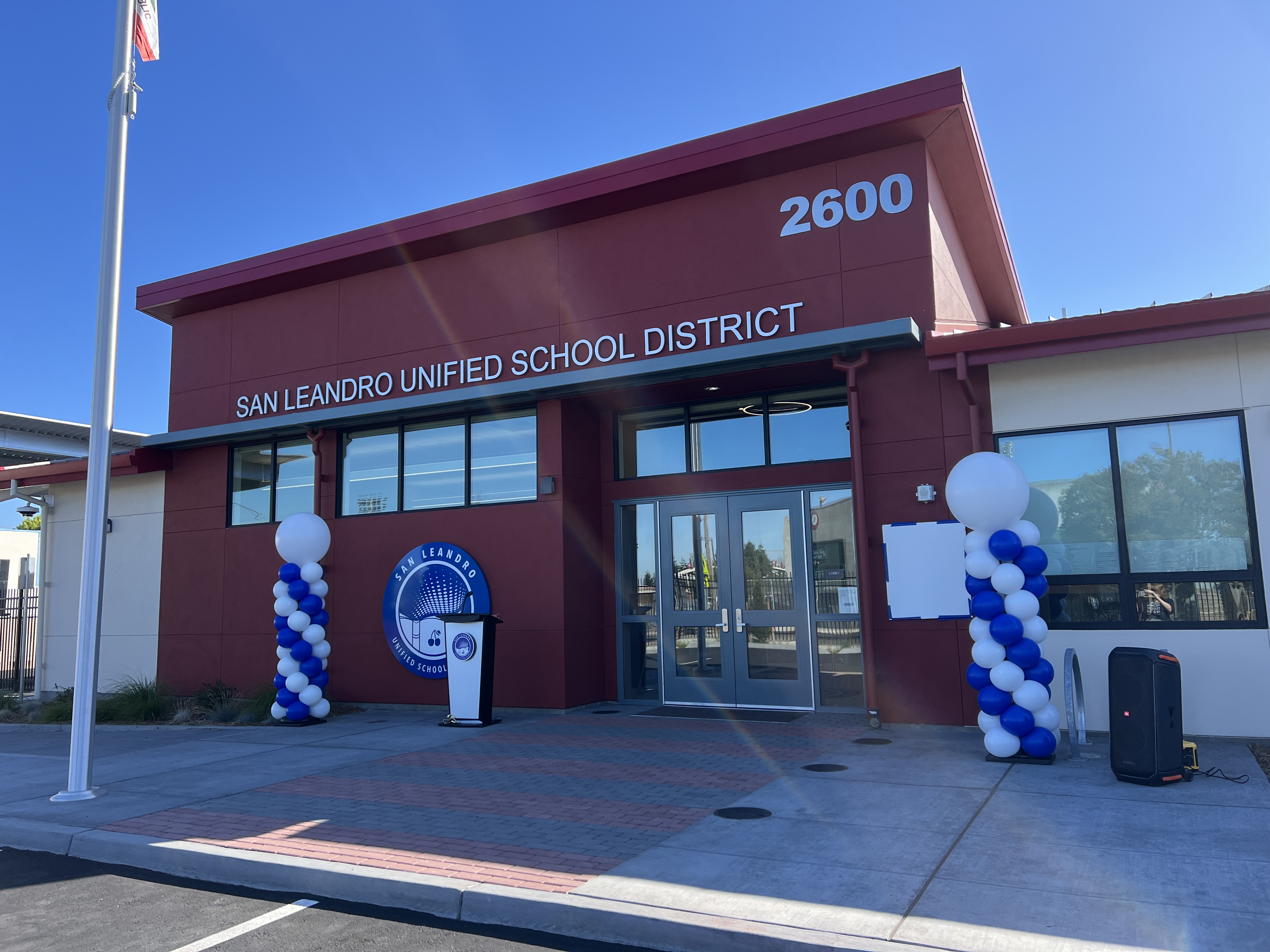INSTRUCTIONAL PROGRAMS
SLUSD provides various instructional program options tailored to meet the diverse needs of English learners across our schools. All program options guarantee access to a full, comprehensive curriculum with scaffolds and support for students at different English language proficiency levels. In the development and maintenance of the instructional programs offered, the district will actively incorporate opportunities for English learners to interact with native English speakers throughout their day. Each EL program supports our EL students in graduating from SLUSD ready for college and careers, fully meeting the goals of the Graduate Profile.
San Leandro Unified School District offers the following program options to English learners:
All SLUSD TK-12 instructional programs for English Learners share the following elements:
- Designated English Language Development (ELD)
- The district provides all English Learners with a protected time during the regular school day for focused instruction using the state-adopted ELD standards, supported by state-adopted academic content standards. This instruction supports English learners in developing critical English language skills necessary for academic content learning in English.
- Integrated ELD
- Students also receive instruction via Integrated ELD, in which the state-adopted ELD standards are used in tandem with the state-adopted academic content standards. This occurs during all content area instruction, e.g., English language arts, social studies, math, and science.
| Grade Band | English Learner Program Options |
|---|---|
| Elementary Schools (grades TK-5) |
|
| Structured English Immersion (SEI) Instruction in the SEI program takes place in English, with primary language support, when available. | |
| Alternative Program: Dual-Language Immersion (DLI) (OPT IN) Instruction is delivered in both English and Spanish with the class composition of 50% Spanish speakers and 50% English dominant speakers. (Currently offered at Washington and Jefferson Elementary) | |
| Alternative Program: Spanish Bilitearcy Program (OPT IN) Instruction is delivered in both Spanish and English, with the class composition of native Spanish speakers.(Currently offered at Jefferson and Halkin Elementary) | |
| Middle Schools (grades 6-8) |
|
| Structured English Immersion (SEI) Instruction in the SEI program takes place in English, with primary language support, when available. | |
| Newcomer Pathway (OPT IN) The Newcomer Pathway is designed to serve students who have been in the United States for 3 or fewer years and score at the emerging levels of English proficiency. | |
| Alternative OPT-IN Program: Dual-Language Immersion (DLI) *Coming soon to Bancroft | |
| High Schools (grades 9-12) |
|
| Structured English Immersion (SEI) Instruction in the SEI program takes place in English, with primary language support, when available. | |
| Newcomer Pathway (OPT IN) The Newcomer Pathway is designed to serve students who have been in the United States for 3 or fewer years and score at the emerging levels of English proficiency. Students have the option to enroll in content classes that provide additional EL support (Currently offered at San Leandro High) |
Elementary Instructional Programs
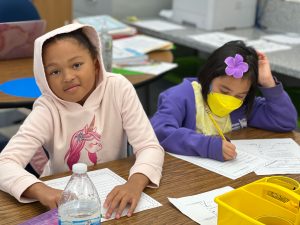 Elementary sites offer three instructional programs: Structured English Immersion and two Alternative Bilingual Programs
Elementary sites offer three instructional programs: Structured English Immersion and two Alternative Bilingual Programs
Structured English Immersion (SEI) Program
The SEI program aims to develop proficiency in English and mastery of all grade-level core curriculum standards. Instruction is provided in English with primary language support, when available, for students at the emerging, expanding, and bridging levels of English language proficiency to support full access to rich content learning and to develop academic English across the disciplines. Students receive Integrated ELD during all content instruction and daily Designated ELD instruction. Access to core content is accomplished through instructional strategies that enable English Learners to access grade-level subject matter in all academic subjects.
SEI Program Requirements
- Core instruction in English language arts, math, science, and social science is taught in English via Integrated ELD.
- Primary language support in the content areas can be provided by the teacher, bilingual paraeducator, or digital program support whenever possible.
- All ELs in grades TK-5 shall receive a minimum of 30 minutes of daily Designated ELD instruction during a protected time as reflected in their schedule.
- All students participate in activities that lead to cultural proficiency and promote a positive self-image.
- Classroom composition is structured to strengthen opportunities for cultural and linguistic integration.
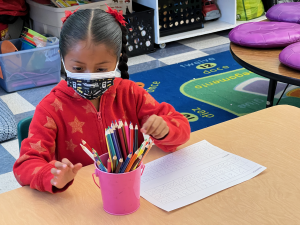
Dual Language Immersion (DLI) Program
The DLI program aims to produce bilingualism and bili
teracy, grade-level academic achievement, and positive cross-cultural competencies for ELs and English-dominant students. Instruction is delivered in both English and the target language with the class composition of 50% ELs and 50% English dominant speakers.
The DLI program currently operates at the elementary level in an 80/20 instructional model with Spanish as the target language, and students learn to read first in Spanish.
| Language | Grade K/1 | Grade 2 | Grade 3 | Grade 4/5 |
|---|---|---|---|---|
| Spanish | 80% | 70% | 60% | 50% |
| English | 20% | 30% | 40% | 50% |
DLI Program Requirements
- Core instruction is provided to all students in both languages with purposeful and strategic use of both languages throughout the day.
- At least 50% of the instructional day is in the target language.
- Students receive daily Integrated ELD instruction across content areas as appropriate.
- Differentiated instruction in all content areas using instructional strategies for language learners of each language, utilizing state-adopted, district-approved core and supplemental materials.
- All ELs in grades TK-5 shall receive a minimum of 30 minutes of daily Designated ELD instruction during a protected time as reflected in their schedule.
- All students participate in activities that lead to cultural competency and promote a positive self-image.
- Classroom composition is made up of 50% Spanish speakers and 50% English dominant speakers from diverse backgrounds.
Spanish Biliteracy Program
The Spanish Biliteracy program is designed with the goal to ensure English learners who are native speakers of Spanish achieve grade-level academic competency and develop high levels of English and home language proficiency and literacy. The district currently operates a Developmental Spanish Bilingual Program that designates the language of instruction for each content area by grade level. Grade-level content instruction is provided in the student’s primary language and English via Integrated ELD strategies.
| Language | Kinder | Grade 1 | Grade 2 | Grade 3 | Grade 4 | Grade 5 |
|---|---|---|---|---|---|---|
| Spanish | 90% | 80% | 70% | 50% | 40% | 30% |
| English | 10% | 20% | 30% | 50% | 60% | 70% |
Spanish Biliteracy Program Requirements
- Core instruction is taught in Spanish and English, strategically designed to ensure English learners develop high levels of English and primary language proficiency and literacy.
- Students receive daily Integrated ELD instruction across content areas as appropriate.
- All ELs in grades TK-5 shall receive a minimum of 30 minutes of daily Designated ELD instruction during a protected time as reflected in their schedule.
- Students participate in activities that lead to cultural competency and promote a positive self-image.
- Classroom composition is made up of students who are native speakers of Spanish.
- An integration component that includes teacher-structured activities in content areas to strengthen opportunities for cultural and linguistic integration.
Secondary Instructional Programs
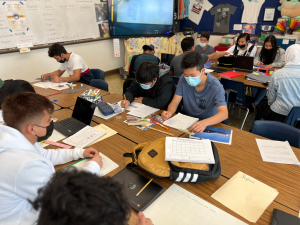 Secondary sites offer two options for English learners: the Structured English Immersion (SEI) program and the Newcomer pathway. The SEI program provides Integrated and Designated English Language Development to ELs throughout the day for a path to reclassification while mastering content learning and full access to A-G course completion. The Newcomer pathway is supplemental to the SEI program and provides additional support that focuses on acquiring English as rapidly as possible.
Secondary sites offer two options for English learners: the Structured English Immersion (SEI) program and the Newcomer pathway. The SEI program provides Integrated and Designated English Language Development to ELs throughout the day for a path to reclassification while mastering content learning and full access to A-G course completion. The Newcomer pathway is supplemental to the SEI program and provides additional support that focuses on acquiring English as rapidly as possible.
Structured English Immersion (SEI) Program
At the secondary level, English learners are enrolled in the SEI program and receive their entire instructional program in English, with primary language support as needed and as available. Students are in A-G content courses (i.e., English, math, science, history) with other English learners and English-only students taught in English via Integrated ELD. This program also includes standards-based leveled ELD courses designed specifically to target the development of language proficiency.
SEI Program Requirements
- Standards-based core instruction in English language arts, math, science, and history is taught in English via Integrated ELD.
- Access to grade-level instruction in all content areas with differentiated instruction.
- All ELs receive Designated ELD during a protected period.
- All students participate in activities that lead to cultural competency and promote a positive self-image.
- Classroom composition is structured to strengthen opportunities for cultural and linguistic integration.
Newcomer Pathway
The optional Newcomer pathway includes a multicultural and multi-linguistic community of learners. This pathway supports English learners who are new to the United States and at emerging levels of English proficiency. SLUSD believes Newcomers play an important role in weaving our nation’s social and economic fabric, and schools play an important role in helping newcomers adapt and contribute to society.
The pathway is designed to enhance student knowledge, skills, and potential, to transition successfully into the U.S. school system. The goal is the rapid acquisition of English, access to all content classes, and cultural competency. These students need an accelerated ELD program that is rigorous yet flexible. They must be able to progress at their own rate with opportunities to move between levels. In some cases, they will require an additional year of high school or will get an opportunity to transition to other programs such as Adult School. In all cases, students meet with a counselor to determine a learning plan that will enable them to successfully complete high school with college or career options and the confidence to engage productively in a diverse world.
Newcomer Pathway Requirements 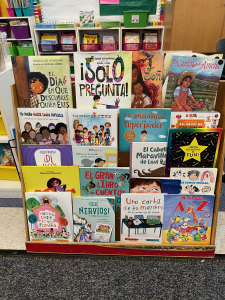
- Designed to serve students who have been in the United States for three or fewer years and are scoring at emerging levels of English language proficiency.
- Participation is limited to a maximum of two years (see chart below).
- Daily designated ELD course paired with a specially designed ELA course.
- Option to enroll in an additional content course specifically designed for Newcomers (San Leandro High School only).
- Content courses are taught in English via Integrated ELD.
- State-adopted, district-approved, standards-based materials and supplemental materials are used.
- All students participate in activities that lead to cultural competency and promote a positive self-image.
- Student schedule ensures opportunities for students to enroll in courses with English proficient peers to strengthen opportunities for cultural and linguistic integration.
| SECONDARY NEWCOMER PATHWAY COURSE ENTRY AND EXIT CRITERIA | |||
|---|---|---|---|
| ENTRY CRITERIA A student who meets BOTH criteria below is eligible to participate in the Newcomer Pathway (parent/guardian must opt student into program each year) |
EXIT CRITERIA A student who meets ANY SINGLE criterion below should be exited from the Newcomer Pathway (D-ELD and I-ELD will continue to be provided) |
||
| Time in US Schools | ELPAC Scores | Time in US Schools | ELPAC Scores |
| 0-3 years | Summative: Overall 1-2 Initial: Novice |
>3 years**** | Summative: Overall 3+ |
Middle School Course Placement Overview For English Learners
This chart is a guide to inform class placement of multilingual students identified as English Learners (ELs) at the middle schools. All EL students are provided access to grade-level content material and Integrated ELD within all of their courses.
| MIDDLE SCHOOL PLACEMENT CHART FOR ENGLISH LEARNERS | ||||
|---|---|---|---|---|
| ELPAC Level | ELPAC Level 1 (Initial ELPAC Novice) |
ELPAC Level 2-3 (Initial ELPAC Intermediate) |
ELPAC Level 2-3 | ELPAC Level 3-4 |
| D-ELD Courses (Designated) |
ELD 1 | ELD 2 | ELD 3 | ELD 4 |
| Years in U.S. Schools |
0-3 | n/a | ||
| ELA Courses* | Newcomer English Language Arts 6-8th grade |
English Language Arts 6th, 7th, 8th grade ELA |
||
| Other Content Courses* |
Grade level content courses with all peers | |||
San Leandro High School (SLHS) Course Placement Overview
This guide informs class placement of multilingual students identified as English Learners (ELs) with careful consideration of:
- Transcript analysis (including home country if outside the U.S.) with SLHS graduation requirements and college eligibility standards.
- Family communication about rights to multilingual programming and rights to decline.
- Family communication about graduation opportunities, including, but not limited to a 5th year
| SLHS PLACEMENT CHART FOR ENGLISH LEARNERS | |||||
|---|---|---|---|---|---|
| ELPAC Level | ELPAC Level 1 or Initial ELPAC Novice | ELPAC Level 2 or Intermediate Initial ELPAC |
ELPAC Level 3 | ELPAC Level 4 | ELPAC Level 1-3 (LTEL) |
| D-ELD Courses (Designated) |
ELD 1 | ELD 2 | ELD 3 | ELD 4 | Oral Interpretation |
| Years in U.S. Schools | 0-3 | n/a | |||
| ELA Courses* |
Newcomer ELA 9th = EL Eng 1 10th = EL Eng 2 11th = EL Eng 3 12th = EL Eng 4 |
ELA
9th= Eng 1 10th= Eng 2 11th= Eng 3 12th= Eng 4 |
|||
| Other Content Courses* |
Newcomer English Language Arts Math, Science, Social Studies*** with Primary Language Support (if available) |
Standard Program Content Courses | |||
| PE and Electives |
PE/Electives with all peers | ||||
*All EL courses are A-G approved and combined with Integrated ELD.
**Newcomer content classes will be expanded in the following years. The 2022-23 School year offers Newcomer Algebra and Geometry.
English Language Development (ELD)
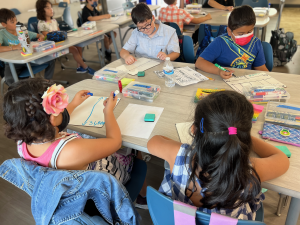 Comprehensive ELD is provided for all EL students through Designated and Integrated ELD instruction. All teachers must attend to the language learning needs of their ELs in strategic, differentiated ways that promote the simultaneous development of content knowledge and advanced levels of academic English using CA ELD Standards.
Comprehensive ELD is provided for all EL students through Designated and Integrated ELD instruction. All teachers must attend to the language learning needs of their ELs in strategic, differentiated ways that promote the simultaneous development of content knowledge and advanced levels of academic English using CA ELD Standards.
There are three parts to the CA ELD Standards: Part I: Interacting in Meaningful Ways, Part II: Learning About How English Works, and Part III: Using Foundational Literacy Skills. Instruction is based on these standards to strengthen the abilities of ELs to use academic English successfully in school while also developing critical content knowledge through English.
Designated ELD
Designated English language development instruction is defined in the California ELA/ELD Framework as a protected time during the regular school day when teachers use English language development standards as the focal standards in ways that build into and from content instruction toward the development of critical academic English language skills, knowledge, and abilities needed for content learning in English.
Expectations:
- Protected time in the regular school day for targeted academic English language instruction based on English proficiency levels from a qualified teacher.
- Parts I & II of the CA ELD Standards are the focus standards used within the curriculum.
- Foundational Literacy Skills (Part III of the CA ELD Standards) should be addressed during ELA instruction based on literacy assessments used to inform and monitor instruction.
Expected Student Learning Outcomes:
- Engage in various academic collaborative interactions (independent, paired, small group, and whole group) and discussions about content and complex text.
- Develop academic vocabulary and various grammatical structures from complex texts and tasks.
- Build language awareness of how English works and is used to make meaning in complex texts and tasks.
- Use language skillfully when writing different text types and in different content areas.
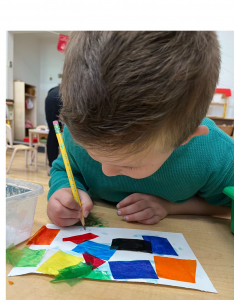
Designated ELD
Elementary Sites
Ideally, students are grouped for designated ELD by English language proficiency levels. However, schools need to consider their particular student population and make appropriate decisions about grouping. Following the California ELA/ELD Framework, sites will make decisions about the specific Designated ELD implementation structure that best serves their EL students and maximizes the opportunity for ELs to move between ELD clusters mid-year if they are advancing quickly. The district supports sites in determining the appropriate structure.
Secondary Sites
Students are placed in ELD classes according to their proficiency levels and years in U.S. schools. The expectation is that students will progress through the courses in sequence by demonstrating proficiency on the state English language proficiency assessment (ELPAC). High school EL students can apply 20 credits of ELD coursework towards the graduation requirement of 40 credits of English.
Integrated ELD
Integrated English language development is academic English language instruction provided throughout the instructional day across all disciplines, designed to support access to rich content knowledge and develop academic English across the disciplines. Teachers of English learners use the CA ELD Standards in concert with their focal content standards to support the linguistic and academic progress of English Learners. Effective integrated ELD instruction requires intentional practices for English learners and regular academic interactions and conversations as the key drivers to access and master core, grade-level academic content.
Expectations For Integrated ELD:
- Teachers use the CA Content Standards in tandem with the CA ELD Standards.
- Teachers create authentic, action-based learning opportunities that require students to interact in meaningful ways in grade-level disciplinary text and tasks.
- All teachers support English learners’ linguistic and academic progress.
Expected Student Learning Outcomes:
- Use and develop academic English while simultaneously learning content knowledge through English.
- Engage in meaningful interactions with others using intellectually rich content, texts, and tasks that require interpretation and discussion of informational texts.
- Write (both collaboratively and independently) a variety of different text types and justify opinions by persuading others with relevant evidence.
- Use language as a meaning-making resource in discussion and writing based on discipline, topic, task, purpose, audience, and text type.
- Demonstrate growth in English language acquisition as demonstrated on state and district assessments.
Considerations for Specific Groups
Special Education
English learner students with disabilities, including severe cognitive disabilities, are provided with access to both designated and integrated ELD and resources, as are all English learners in SLUSD. When an EL student is considered for referral to Special Education, it is important to carefully distinguish between language differences versus possible language disability (CA Practitioners Guide for Educating English Learners with Disabilities). Special Education referrals of English learners require a careful review by the Student Study Team to determine whether:
- Special Education assessments (speech, language, social, emotional, academic, and/or other related areas) are warranted.
- OR if student performance and/or behaviors are related to expected patterns of second language acquisition.
Once it is established that an English learner needs to be assessed to determine if special education services are required:
- Testing will be initiated upon the parent’s written approval.
- When appropriate, the assessment will be conducted in both English and the primary language of the student to ensure that linguistic and cultural differences are taken into consideration when determining eligibility.
If a student is found eligible for Special Education:
- Instructional decisions related to a student’s language acquisition status must be described in the Individualized Education Plan (IEP) to the extent that the student’s English Language Development program relates to the need for Special Education services.
- The IEP must include a goal that addresses English Language Development.
- Any testing accommodations necessary must be included in the IEP.
Consistent collaboration between Special Education teams and English learner staff is paramount to the success of English learners with IEPs. English learners in grades TK–12 with an IEP receive both designated and integrated ELD instruction from authorized teachers or a team of teachers. Special Education staff will receive the same training as general education staff in working with ELs.
Gifted And Talented Education (GATE)
SLUSD ensures equal access to all students through its identification, referral process, testing, and teaching methodologies in its GATE programs. Criteria are employed to ensure that giftedness and talent are not overlooked due to emerging levels of English language proficiency or among students who may not be experiencing academic success. This allows students from all ethnic groups to be identified for the services provided through the GATE Program. All third-grade students are tested for GATE and provided differentiated instruction.
All English learners participating in the GATE Program must continue to receive Integrated and Designated English Language Development to provide access to the core curriculum.
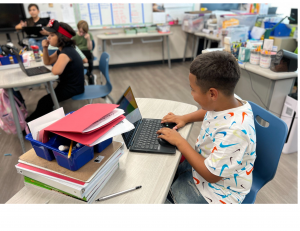
Biliteracy Pathway Recognitions
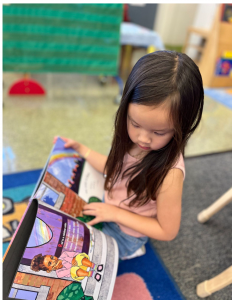 SLUSD offers three different opportunities to recognize and honor our Multilingual students’ bilingual and biliteracy skills.
SLUSD offers three different opportunities to recognize and honor our Multilingual students’ bilingual and biliteracy skills.
- Elementary Biliteracy Award
- Middle School Home Language Development Recognition
- High School California State Seal of Biliteracy
Elementary Biliteracy Award
The Spanish Biliteracy Recognition Award is designed to celebrate high levels of biliteracy attainment in the elementary grades. This award is also meant to encourage students to continue their course of language study at the secondary level and be on course to obtain the state-awarded State Seal of Biliteracy. The Spanish Biliteracy Recognition Award is given to 5th-grade students who submit an application and have met the criteria.
Middle School Home Language Development Recognition Award
The Home Language Development Recognition Award celebrates multilingual students in middle school who demonstrate that they continue to develop their home language outside of school. This award is designed to celebrate students’ heritage languages and encourage students to continue the course of language study in high school and be on course to obtain the state-awarded State Seal of Biliteracy. Home Language Development Certificates are awarded to 8th-grade students who have completed the application and met the criteria.
High School California State Seal of Biliteracy
The State Seal of Biliteracy recognizes high school graduates who have attained high levels of proficiency in speaking, reading, and writing one or more languages in addition to English. California Education Code Section 51460(b) states the purposes, which include (but are not limited to) encouraging pupils to study languages; providing employers with a method of identifying people with language and biliteracy skills, strengthening inter-group relationships, affirming the value of diversity, and honoring the multiple cultures and languages of a community. When students earn the State Seal of Biliteracy, a gold seal is affixed to their high school diploma.
